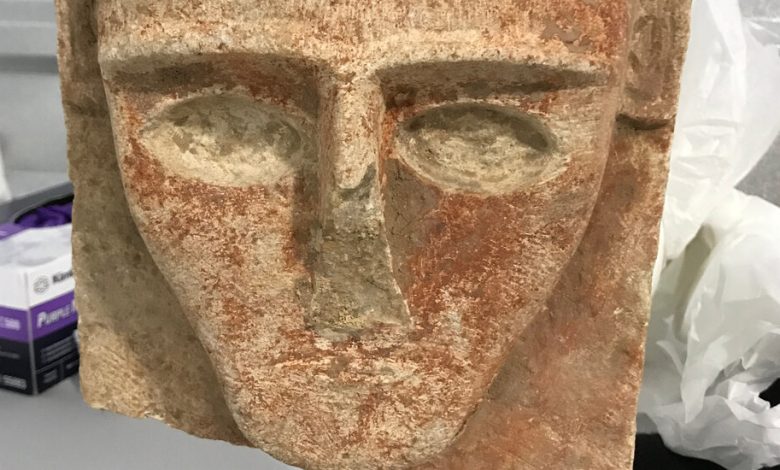Looted Artifacts, Returned to Yemen, Will Stay at Smithsonian for Now

As the pressure on museums and collectors to return looted artifacts to their countries of origin has grown in recent years, one issue has been whether some countries are equipped to accept them immediately.
On Tuesday, under an agreement designed to recognize such a difficulty, the Smithsonian Institution announced that the U.S. is returning 77 looted artifacts to the government of the Republic of Yemen, but their physical return will be delayed during the current violent conflict there.
For the next two years at least, the objects will be housed at the Smithsonian’s National Museum of Asian Art in Washington, where some may be put on display.
The artifacts include 65 funerary stelae, or carved stones, from northwest Yemen, dated to the second half of the first millennium B.C., a bronze bowl, and 11 folios from early Qurans.
They were seized from a New York art dealer more than a decade ago. Since then, they have been held in storage, and the new partnership, the first return of cultural objects by the U.S. government to Yemen in almost 20 years, means some could soon emerge from the darkness of storage and be exhibited.
“The current situation in Yemen is tragic,” Chase F. Robinson, director of the museum of Asian Art, said in an interview. “This is just a small moment in which we can celebrate some collaboration.”
Yemen is trying to emerge from an eight-year civil conflict between the government, backed by Saudi Arabia, and a well-armed rebel group called the Houthis. The United Nations estimates that the war has
